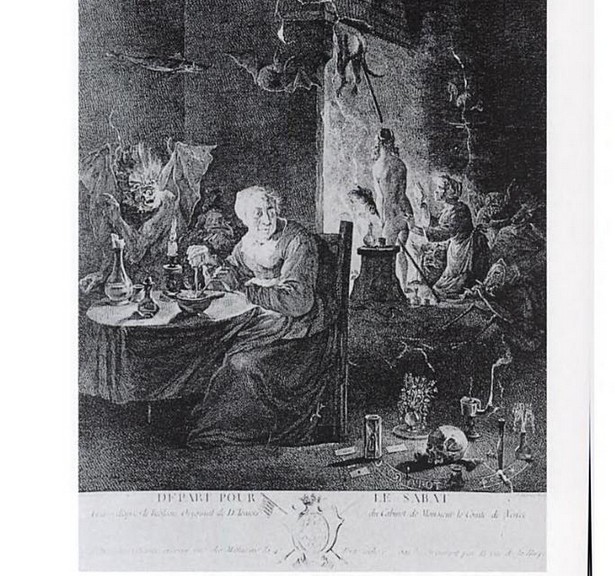The image of a witch soaring across the night sky on a broomstick is deeply ingrained in popular culture. But why a broom? The answer lies in a fascinating blend of folklore, historical practices, and the surprising effects of hallucinogenic plants.
From Rye Bread to Hallucinations: The Origins of “Witch’s Brew”
During the Middle Ages and Renaissance, rye bread was a dietary staple in Europe. Rye, however, can be infected with ergot, a fungus that produces potent hallucinogenic compounds. In small doses, ergot can induce vivid visions and altered states of consciousness. Historical accounts describe outbreaks of “dancing mania,” where groups of people would dance erratically, often accompanied by nonsensical speech and foaming at the mouth, ultimately collapsing from exhaustion. These experiences, likely fueled by ergot poisoning, contributed to the growing belief in witchcraft and supernatural phenomena. Modern science later confirmed ergot’s psychedelic properties with the discovery of LSD, derived from ergot fungus.
Beyond Ergot: Expanding the Pharmacopeia of “Witches”
Resourceful individuals experimented with other hallucinogenic plants like deadly nightshade, henbane, mandrake, and jimsonweed. These plants, rich in psychoactive substances, offered alternative routes to altered states. However, ingesting these plants directly often resulted in unpleasant side effects like nausea and vomiting. Early practitioners discovered that absorbing these substances through the skin, particularly through the sweat glands in the armpits and the mucus membranes of the genitals, provided a more effective and less nauseating delivery method.
The Broom: A Tool for Transcendental Travel
To maximize the absorption of these potent concoctions, “witches” developed specialized ointments, often referred to as “witch’s brew.” The broom handle, a readily available household item, became an essential tool for applying these salves to the desired areas. The act of applying the ointment with a broomstick, particularly to the genitals, likely contributed to the enduring image of witches riding brooms.
The Sensation of Flight: Hallucinations and the Broomstick
Historical accounts corroborate the use of broomsticks for applying hallucinogenic ointments. A 1324 investigation describes a woman using an ointment-laden staff for “ambling and galloping.” Similarly, a 15th-century writer notes the common belief that witches would “anoint a staff and ride on it.” The sensation of flying, often reported by those experiencing the effects of these potent plants, further solidified the association between broomsticks and aerial travel. Users described feelings of lightness, detachment from their bodies, and soaring through fantastical landscapes. This subjective experience of flight, combined with the use of the broomstick for applying the hallucinogenic ointments, likely gave rise to the iconic image of the witch flying on a broom.
The Salem Witch Trials: A Possible Connection to Ergot
While the imagery of witches on broomsticks is largely rooted in European folklore and practices, there’s a possible link between ergot poisoning and the infamous Salem Witch Trials of 1692. Research suggests that Salem may have experienced an ergot outbreak during that time, potentially contributing to the mass hysteria and accusations of witchcraft.
Conclusion: From Hallucinogens to Halloween Icon
The image of the witch on a broomstick is a complex cultural symbol born from the intersection of folk traditions, historical practices involving hallucinogenic plants, and the powerful human desire to explore altered states of consciousness. While the modern celebration of Halloween has largely sanitized this imagery, understanding its historical roots reveals a fascinating story of how a mundane household object became a potent symbol of magic, flight, and the enduring power of folklore. The association between witches and brooms isn’t merely a whimsical invention; it’s a testament to the intriguing interplay between human experience, natural phenomena, and the enduring power of storytelling.

